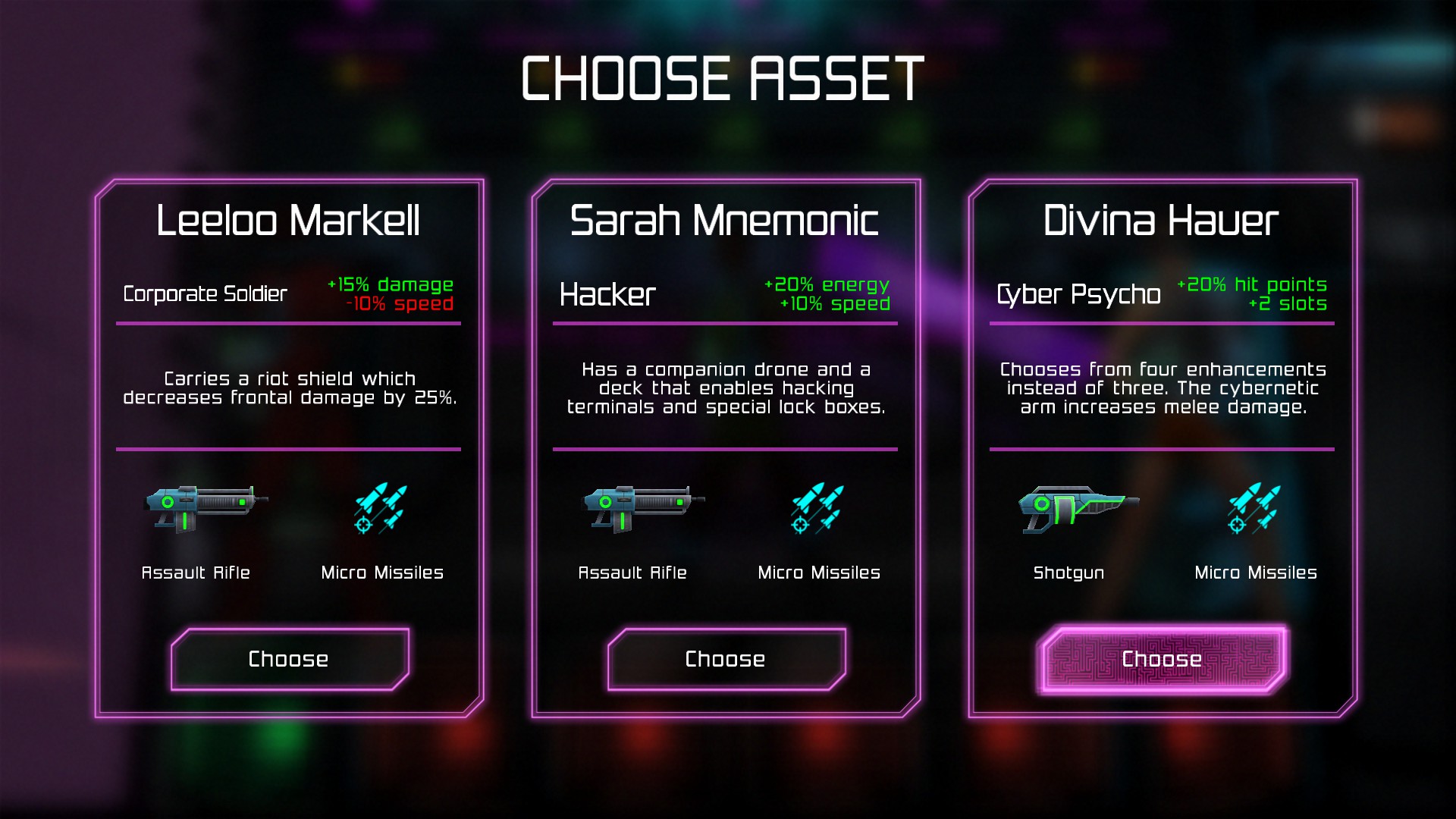Some indie studios rise and fall as the tides of gaming shift. For 10tons Ltd., they've managed to stick around for over 13 years by going with the waves and shifting development to the platforms that are in demand. Their latest title, Neon Chrome, is a return to their twin-stick shooter roots and Sampo Töyssy, Vice CEO of 10tons and the lead designer, chatted with us not only about the game, but the lessons they've learned along the way.
Co-Optimus: Thanks for talking with us about Neon Chrome. I wanted to kick things off by asking about the progression of 10tons Ltd. games. From Crimsonland to mobile games, like Spellspire and Trouserheart, then back to Crimsonland, and finally to Neon Chrome. Could you walk me through how you all as a studio made that kind of a transition?
Sampo Töyssy: 10tons was born around Crimsonland in 2003 so Neon Chrome is in some sense a continuation of that lineage. Between 2003 and 2016 a couple of things happened.
Crimsonland was somewhat successful financially but the digital distribution was still limited at that time. After Crimsonland we discovered that casual puzzle games had a massive distribution network in the US so we started to cater to that market. We made games like Sparkle, Azkend and several others for mainly PCs. Later we created some Mac versions also.
When iPhone came out we brought our existing catalog of mouse-driven desktop games to iOS and other modern touch-based mobiles. The games were mainly designed for desktop and mobile and most were casual games.
The latest event is the opening up of console-space: Even indie developers can create games for PS4 and Xbox One. The digital distribution opportunities for twin-stick shooters became better than ever. First we remastered Crimsonland for Steam and consoles and then we started creating Neon Chrome which bring us here: Neon Chrome is completed and available on Steam and soon on consoles.
Co-Optimus: Focusing in a little more on the progression from Crimsonland to Neon Chrome, what did you learn from the development of Crimsonland that you wanted to bring forward into Neon Chrome? Was there any feedback that helped shape certain mechanics or ideas?
Sampo: Obviously the enhancement system is the most familiar part from Crimsonland. In Crimsonland those were called perks – in Neon Chrome they're enhancements or cybernetics. Other than that Neon Chrome and Crimsonland are very different experiences.
Crimsonland is an arena shooter and Neon Chrome is an indoor shooter with a roguelite style meta game and persistent character stat upgrades. Many Crimsonland fans enjoy Neon Chrome a lot but as games they're quite different.

Co-Optimus: The genre of cyberpunk encompasses a lot of different ideas and aesthetics, and Neon Chrome feels like it hones in on a few particular aspects (mega corporations ruling citizenry, computers/hacking). What did you draw inspiration from when designing the world and narrative?
Sampo: The team members have a long history with cyberpunk. We've played Cyberpunk 2020 and Shadowrun, read the classic cyberpunk lit and watched all the movies. We've always wanted to create a game with a cyberpunk theme so this was extremely enjoyable to do. That said, some of the gameplay stuff stretches the envelope of classic cyberpunk, like the abundance of energy weapons with slow projectiles which are exotic and rare in most cyberpunk fiction.
